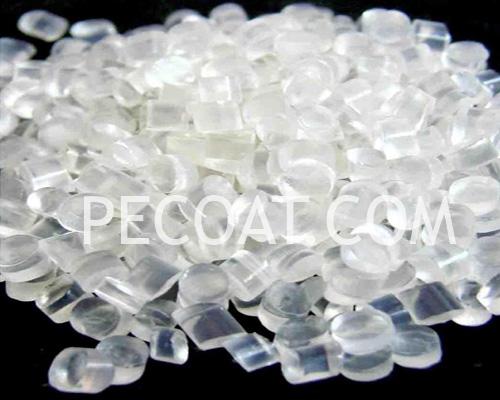Distinguishing High density polyethylene (HDPE) from LDPE
High density polyethylene (HDPE) and low density polyethylene (LDPE) are two types of polyethylene polymers with distinct properties. Here are the key differences between them:
1. Molecular Structure:
HDPE has a linear structure with minimal branching, resulting in a high density and crystallinity. LDPE, on the other hand, has a highly branched and irregular structure, leading to a lower density and less crystallinity.
2. Density:
As the name suggests, High density polyethylene (HDPE) has a higher density compared to low density polyethylene (LDPE). HDPE typically has a density range of 0.941-0.965 g/cm³, while LDPE has a density range of 0.910-0.940 g/cm³. This difference in density affects their physical properties.
3. Strength and Stiffness:
HDPE is known for its high strength and stiffness. It has excellent tensile strength, impact resistance, and rigidity, making it suitable for applications requiring structural integrity. LDPE, on the other hand, is more flexible and has lower strength and stiffness.
4. Melting Point:
HDPE has a higher melting point compared to LDPE. The melting point of HDPE ranges from 120-180°C, while LDPE melts at a lower temperature range of 105-115°C. This difference in melting point affects their processability and applications.

5. Transparency:
HDPE is translucent or opaque, while LDPE is transparent. This is due to the difference in their crystallinity. HDPE’s higher crystallinity scatters light, resulting in a translucent appearance, while LDPE’s lower crystallinity allows light to pass through, making it transparent.
6. Chemical Resistance:
Both HDPE and LDPE exhibit good chemical resistance. However, HDPE has better resistance to chemicals, solvents, and acids compared to LDPE. HDPE is commonly used for chemical storage tanks, pipes, and liners.
7. Applications:
HDPE is widely used in various industries, including packaging (bottles, containers), construction (pipes, geomembranes), automotive (fuel tanks, bumpers), and agriculture (irrigation pipes, greenhouse films). LDPE is commonly used for packaging films, bags, squeeze bottles, and coatings.
In summary, HDPE and LDPE differ in terms of molecular structure, density, strength, stiffness, melting point, transparency, chemical resistance, and applications. Understanding these differences is crucial in selecting the appropriate polymer for specific applications
